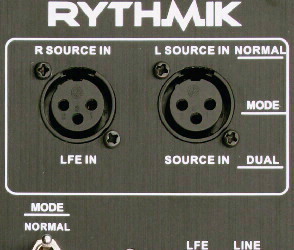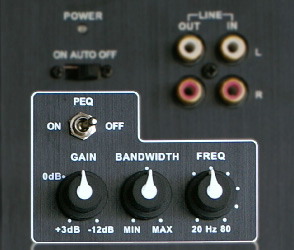| G22 Direct Servo subwoofer | |
| Dual opposed 12" sealed audiophile sub with 800WRMS amplifier |
|
Features & Options Product features include:
All our subwoofers feature our Direct Servo technology, which is our secret to achieving tight and accurate bass. The benefits are far more than simply achieving low distortion.
Learn more in our technology articles Driver features include:
While designed primarily for their sound quality, these custom designed drivers are also stylish in appearance with a anodized aluminum cone and rubber surround. Unfortunately, it's not possible to judge the accuracy of a driver by observing its appearance. There are other drivers on the market which in fact look quite similar, and it's tempting to think that they are comparable. Many of them are inferior in performance due to a heavy moving mass, the absence of shorting rings, wider gaps around the voice coil and high inductance which limits the useable high frequency cut off point. Many aren't suitable for a crossover point higher than 50 Hz. This is very limiting when one considers the large number of home theatre speakers which perform better when relieved of bass duties. Our enclosures are very solid and well braced to minimize any cabinet resonances or coloration. The baffle into which the driver is mounted is double thickness. We also provide a range of finishes. Our range of attractive and excellent value vinyl finishes including:
All of our subwoofers feature unique bass extension controls which are not normally provided on subwoofers. This enables the user to customize the output and extension to achieve the best compromise in any room. Most subwoofers neglect to provide bass extension control, and the result is that dynamic headroom is compromised. To suit different setups, we provide a 12 db and 24 db/octave crossover. If you are using an AVR, then we recommend "AVR/12" (or EXT/12 in older amps). If you are still using stereo receiver or conventional prea/power amp setup, then we recommend the 80hz/24 db/octave setting. To understand more about how to correctly integrate your subwoofer, read our phase alignment article.
For more information, including charts showing response with different settings, view our amplifier page
Continue to Performance & Specs |
| Home | Products | |



